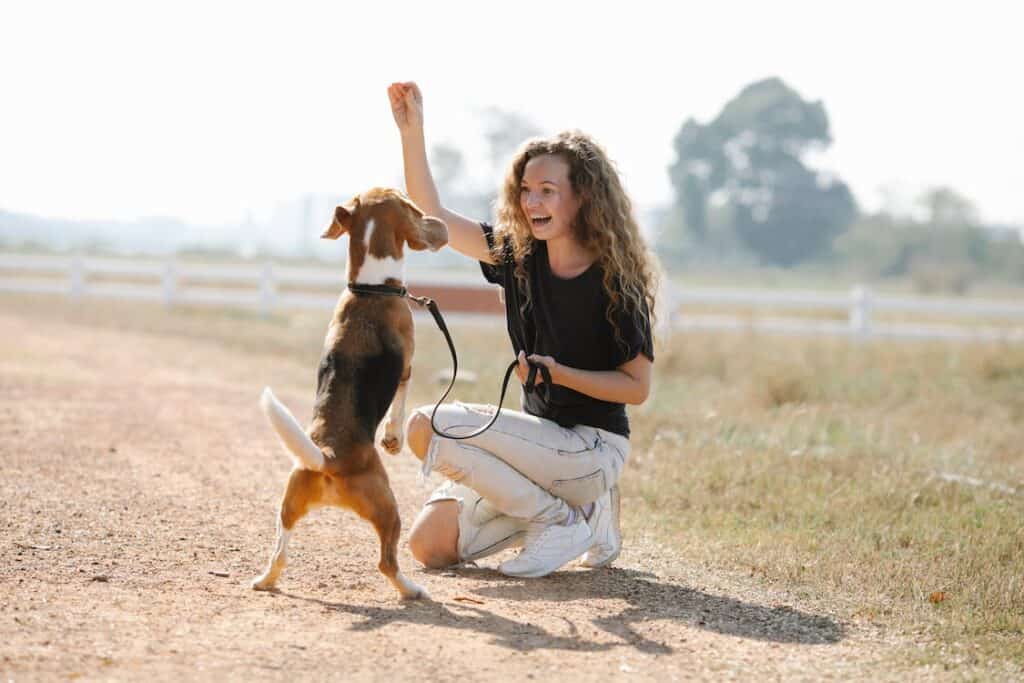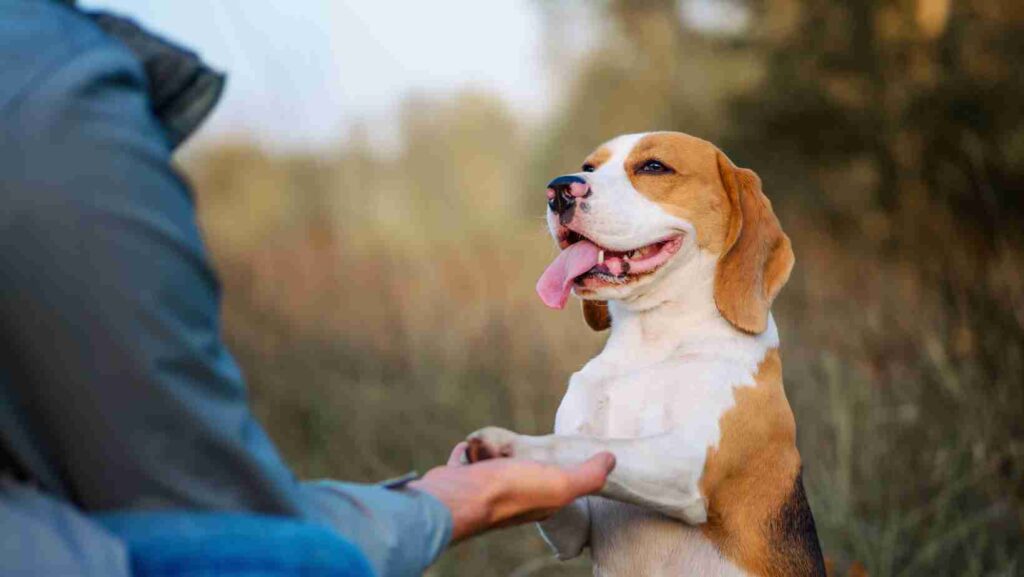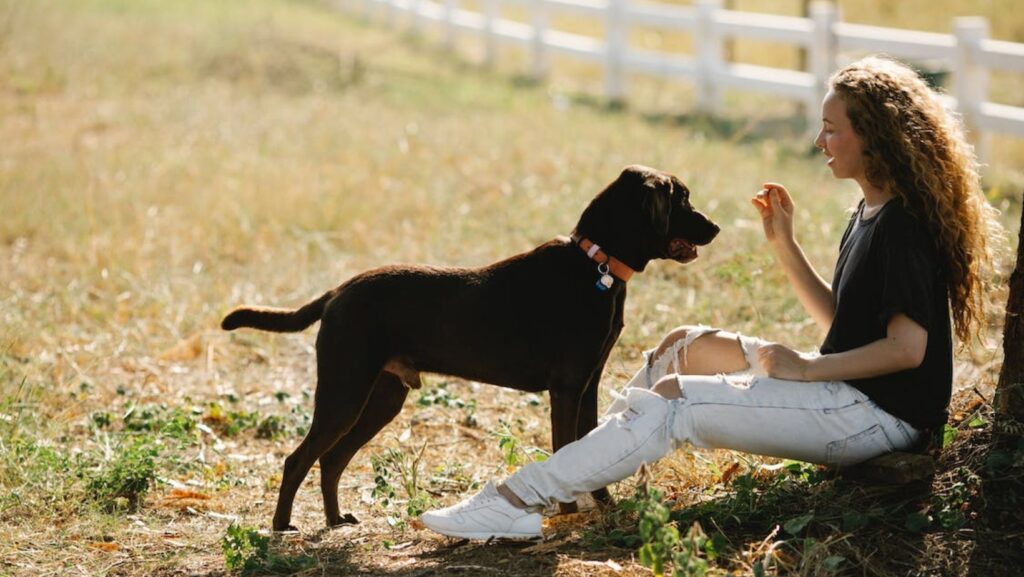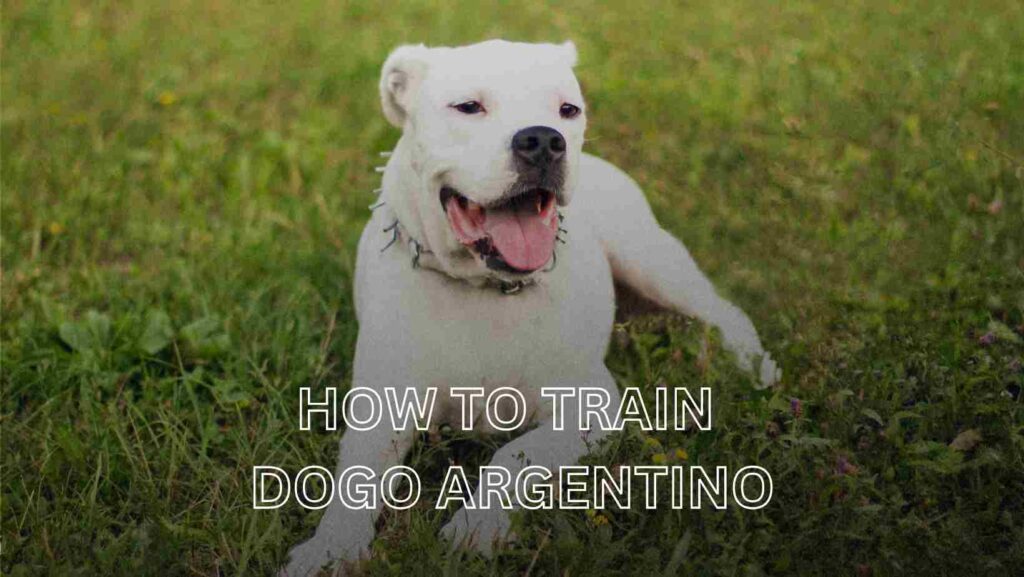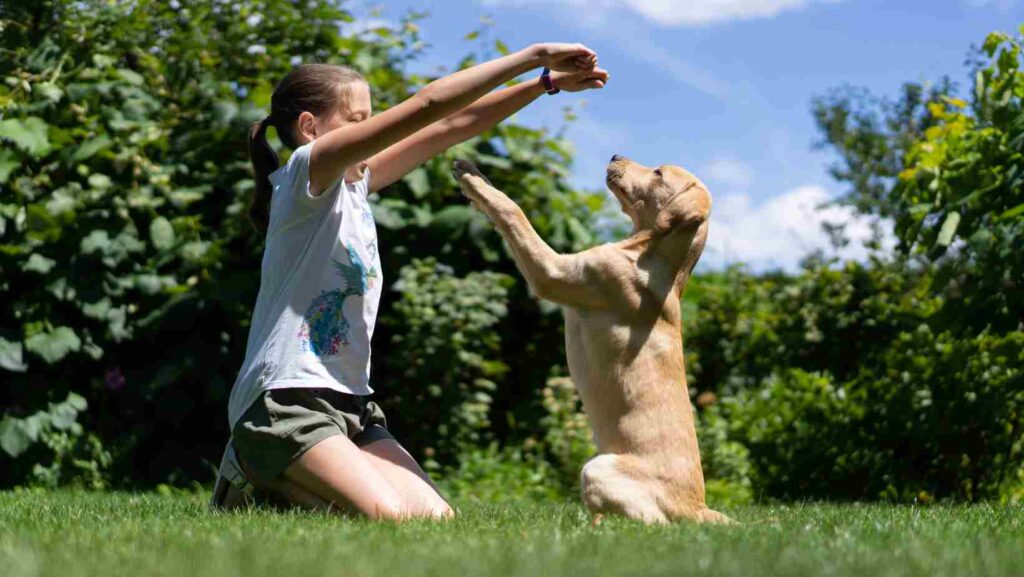Are you a proud dog owner looking to establish a strong bond with your furry friend? Proper dog training is the key to fostering a harmonious relationship between you and your canine companion. In this article, we will explore five essential dog training techniques that can help you create a well-behaved and happy dog. From basic commands to advanced tricks, these techniques are designed to enhance communication, build trust, and ensure your dog’s overall well-being.
1. Positive Reinforcement
Most veterinarians agree that positive reinforcement training is the most effective way to train dogs. This approach centers on rewarding your pet for behaving well rather than punishing them for misbehaving.
Here’s the key: whenever your dog behaves well and follows your commands, give them a reward! This helps them connect good behavior with good things.
But there’s a trick – make sure you’re not accidentally rewarding undesirable behavior. For instance, if your dog barks at you for playtime or jumps up to greet you, try not to respond immediately. Acknowledging these actions can actually reinforce the bad behavior. Instead, wait until they calm down before giving them attention.
2. Consistency is Key
Consistency is super important when you’re training your dog. It means doing things the same way every time. So, if you tell your dog to do something, always use the same word and tone of voice.
Another big deal is making sure everyone in your house agrees on the rules. Dogs learn better when everyone does things the same way. For example, if you don’t want your dog on the couch, but your partner lets them up, your dog will be really confused. So, consistency is the name of the game!
3. Short training sessions
Train your dog in short bursts several times a day, rather than long sessions. The American Kennel Club recommends keeping each session under five minutes because if it’s too long, your dog might get bored or frustrated.
Dogs can also struggle to understand that a command like “sit” means the same thing in different places or situations. So, it’s a good idea to train them in various locations, with different people, and when there are different distractions around. This way, your dog learns to follow the same command consistently, no matter where they are or what’s happening around them.
4. Socialization
Socialization means helping your pet get used to being around other animals and people. It’s like teaching them how to be friendly and comfortable in different situations. This way, your pet can be a well-behaved and happy part of your family and community.
5. Build Up in Stages
Take things step by step. It’s a good idea to begin with the basics, especially when teaching more complicated commands like “stay” or when you’re trying to change a bad behavior.
Here’s the trick: Break down the behaviors into smaller pieces. For instance, when you’re teaching your dog to “come,” give them praise and a reward when they take just one step towards you in the beginning. Once your pup starts to understand, you can gradually add more steps and work up to the complete behavior. It’s like building a puzzle – start with one piece at a time, and soon you’ll have the whole picture.
Conclusion
Investing time and effort into training your dog yields rewarding results. The techniques mentioned in this article are just the beginning of your journey toward a well-behaved and happy canine companion. Remember, every dog is unique, so tailor your training approach to suit your dog’s personality and needs.
FAQs
How often should I train my dog?
Regular, short training sessions are more effective than long, infrequent ones. Aim for 10-15 minutes a few times a day.
My dog is stubborn. What can I do?
Patience is key. Use high-value treats and break down commands into smaller steps. Celebrate even small successes.
Can older dogs be trained?
Absolutely! While it might take more time, older dogs can learn new tricks and behaviors through patient training.
Should I punish my dog for misbehaving?
Instead of punishment, focus on redirection and positive reinforcement to encourage good behavior.
Is professional training necessary?
While you can train your dog on your own, professional trainers offer expertise, especially for complex behavioral issues.

